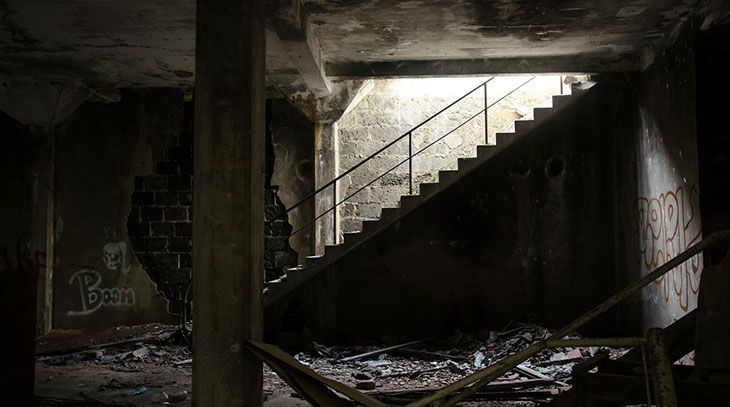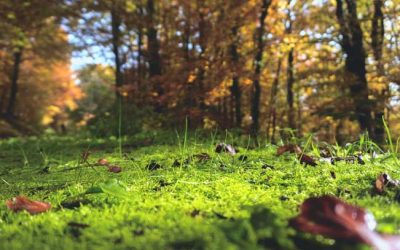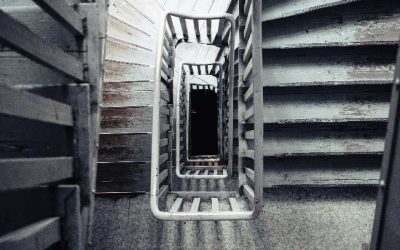I’ve a confession to make. Although I’m a crime writer, I’ve always had a weakness for a good ghost story. I cut my reading teeth on the likes of Dennis Wheatley and the Pan Book of Horror Stories compilations, now only available as battered relics in second-hand shops. I loved to scare myself to death, reading tales of eerie old houses and windswept moors, of something moving behind you. Old films like The Haunting of Hill House and The Uninvited, dripping with shadows and suspense, fed my imagination long before I picked up my first crime novel.
When I started writing my series about British forensic anthropologist David Hunter, something of that tone seeped into them. Although my books are crime fiction, dealing with science and forensics, I regard them just as much as psychological thrillers. I wanted them to be properly, shivers-down-the-spine frightening. Which for me means using similar techniques for building mood and suspense as the old books and films that used to keep me awake at night. So a solitary runner in a peaceful wood suddenly feels herself being watched; a door handle turns in what should be an empty building, a floorboard creaks underfoot in a silent room. And don’t get me started about cellars.
To my mind, atmosphere and suspense are every bit as important as the plot itself, and usually integral to it. That was one reason I chose to set most of the David Hunter novels – which can all be read as standalones – in remote, rural locations. As a police consultant, Hunter travels to wherever the investigation is, which allows me to set each story somewhere new. A Norfolk backwater, an isolated Hebridean island, the Essex saltmarshes: all rich, evocative landscapes that can be portrayed as tranquil or menacing, depending on the story’s needs.
For the latest David Hunter novel, The Scent of Death, I wanted to do something different again. It had been in my mind for a while to place Hunter in a more urban environment, so for the first time I set the book wholly in London, the city where he lives. He’s called out to St Jude’s, an abandoned, shuttered hospital whose scheduled demolition has been halted by the discovery of a partially mummified body. It appears to be a tragic if routine case. But, as Hunter soon learns, the old hospital’s echoing corridors hide a whole host of secrets.
The Scent of Death is a haunted house story without ghosts, where the threat comes from the living rather than the dead. A crime story, yes. But it was also an opportunity for me to ramp up the gothic atmosphere, to sneak in a flavour of Edgar Allen Poe to what, on the surface, appears to be a straightforward police enquiry. I wanted St Jude’s to be the sort of place that produces a creeping sensation every time we go inside, and where every shadow could be hiding something you really don’t want to see.
Just like those old Pan horror compilations.
First published as ‘The Scent of Death: Simon Beckett talks to Crime Time’ on crimetime.co.uk, April 17th, 2019.



